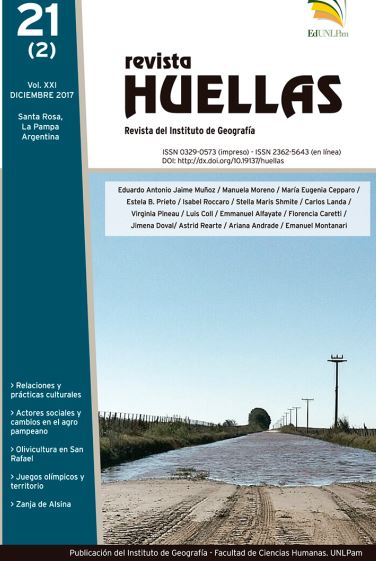Geographical relations and cultural practices between goat-keepers and fauna predators in the Region of Coquimbo (Chile)
Keywords:
Colliguaycito ravine, goat-keepers, geographical relations and cultural practices.Abstract
A study focused on geographical relationships and cultural practices between goats and their predators in the Colliguaycito ravine is presented. This geographical unit belongs to the town of Monte Patria, province of Limari, Region of Coquimbo (Chile). The objective of the study is to know and understand which animals are harmful to goats and how geography affects the distribution of animals that attack herds. The hypothesis is to verify if there is a geographical relationship between the stationary grazing of goats and the attack of wild fauna in the Colliguaycito ravine. The study area was delimited with the help of the computer program Google Earth 2016. The methods used were: bibliographical analysis and in-depth interviews with some goat-keepers in the area. Geographic points where predators were spotted were evaluated, drawing up a scheme of transhumance periods and the cultural practices used by goats to keep predators away.






.png)












3.jpg)


